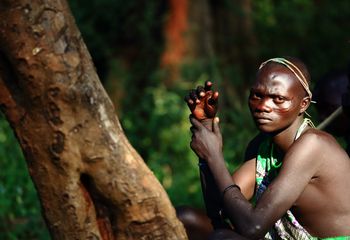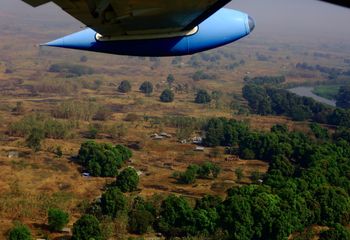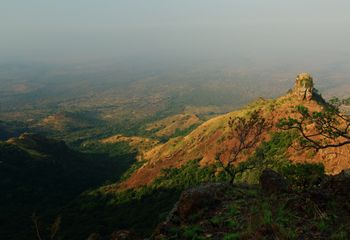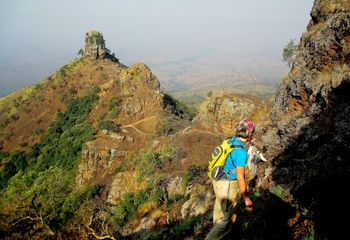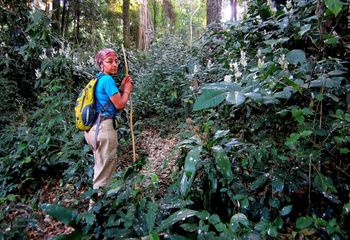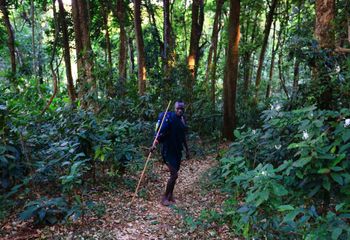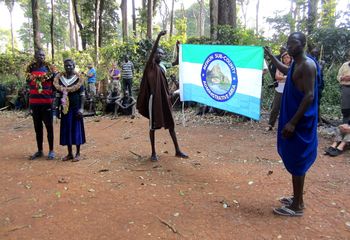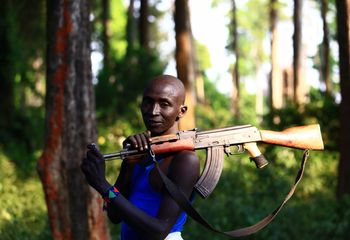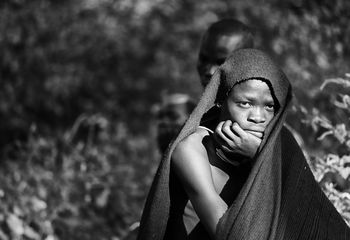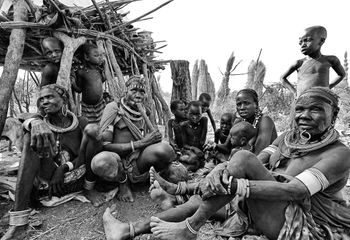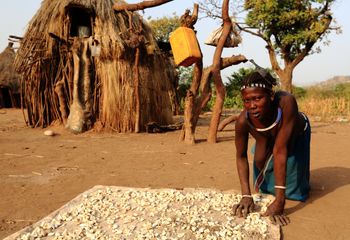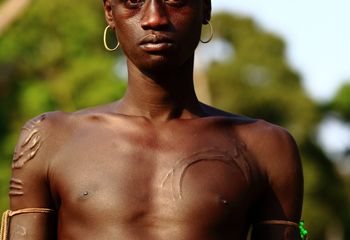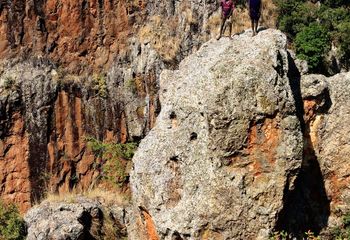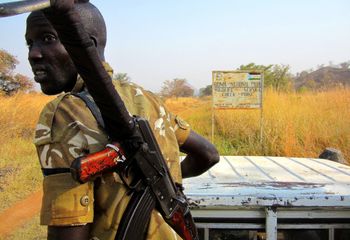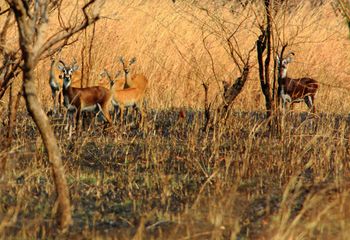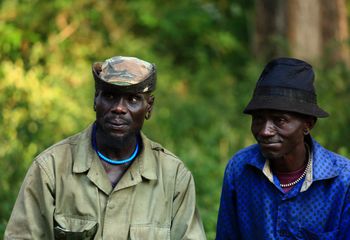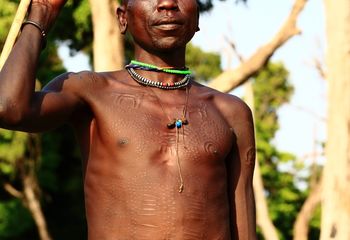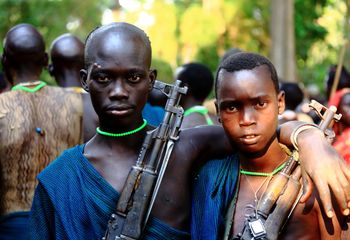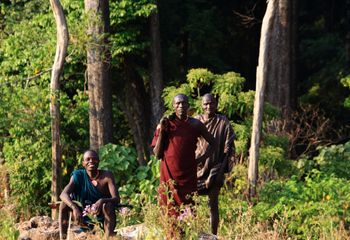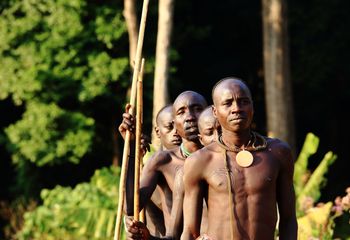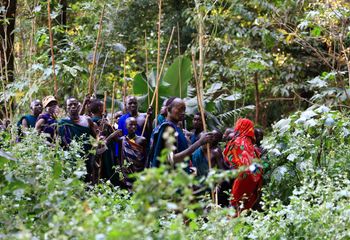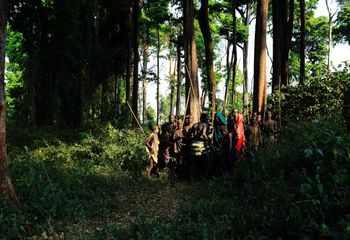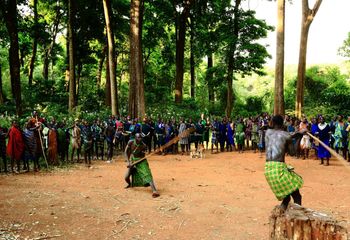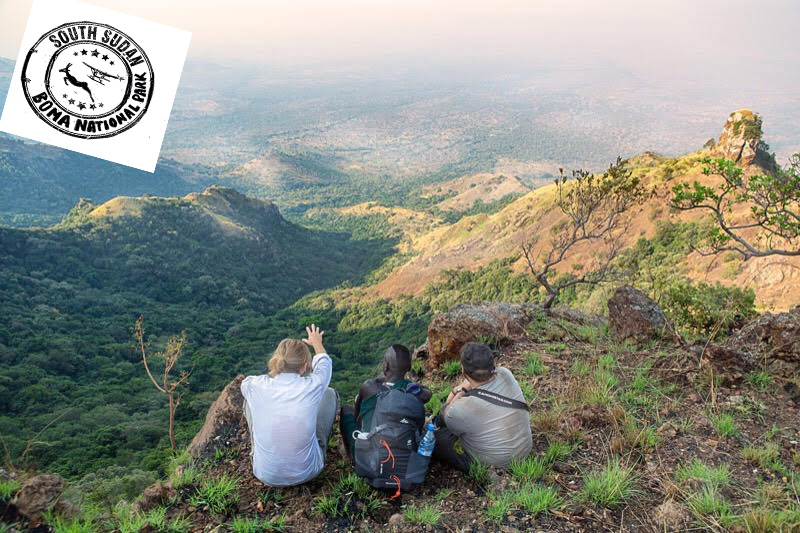
Photo: Sandra Ballesteros
The Boma National Park is located in southeastern South Sudan, near the border with Ethiopia. It was declared a national park in 1979 to protect the migratory population of white-ear kobs. It has an area of 23,000 km2, with large plains and mountains that can reach 2,000 meters. One of the small towns that exist is Boma, where you can arrive by plane from the city of Juba.
This zone is populated mainly by two ethnic groups, the Jie located in the plateau, cattlemen, with an aesthetic similar to the Toposa; They live in large settlements within palisades. And the Kachipo, who live in the isolated mountains of Boma at 2000 meters. We can also find Murles, a town that is relatively isolated and marginalized by the government.
Our main objective was to know and document how the populations of Kachipos live in these isolated mountains, but that isolation made the company complex, steep mountains, non-existent roads, lack of water, etc. For this reason, the planning was important, being self-sufficient, using porters and having the appropriate links that allowed us to live in their habitat.
The ecosystem of these mountains changes according to altitude. The valley is grass and as you climb the steep walls of granite, there are forests of large trees that grow between ravines that fill these summits with life in the rainy season. On the crest of the crest, it receives us, surprisingly, a tropical forest, radically changing the landscape, turning it into a garden.
It is here where we find the highest and most isolated village, Zoch, on the edge of its steep walls of more than 200 meters where the vultures nest, they inhabit around 1000 Kachipos distributed in small huts hidden in the forest.
The fertile land in these summits allows them to have small crops of corn, millet and vegetables, as well as small plantations of bananas and wild mangoes. When they do not dispose of cattle, they get the meat through traps in the forest or by hunting with the kalasnikovs they currently use. They are great honey collectors thanks to their ability to climb the gigantic trees that surround them.
Its aesthetic is very similar to that of its Suri neighbors in Ethiopia. Currently only old women have labial perforations for the placement of dishes. Both women and men have beautiful scarifications with geometric shapes, with motifs of their daily life: animals, weapons like their beloved kalasnikov, etc. Young Kachipo show hairstyles of great complexity and beauty.
After the harvest or on the occasion of a celebration, they practice the Donga like their neighbors Suris. In a clearing of the forest there are several villages coming from the mountains, it starts with a dance of the women who later retire, giving way to the two armed fighters with their dongas (sticks). Each fighter represents his clan. They are usually rapid fights that end when one of them is hit in such a way that he loses consciousness and the victor is taken and acclaimed by his clan.
The Kachipo are surely the most conservative tribal people in South Sudan. Maintaining its independence thanks to the isolation of its mountains, and the absence of missionaries and government colleges.


